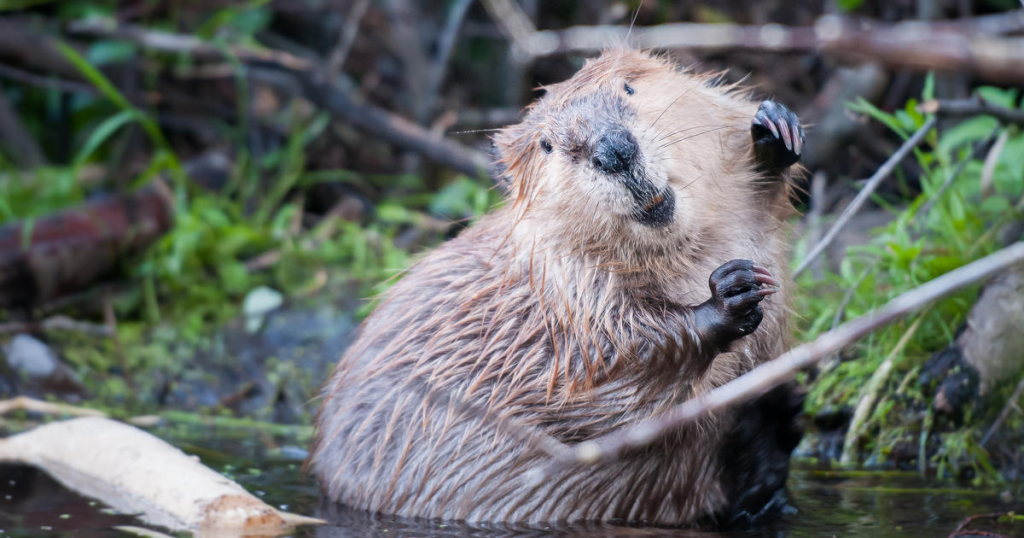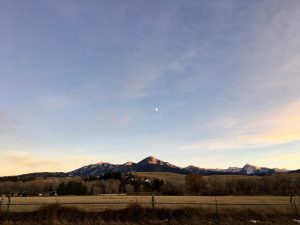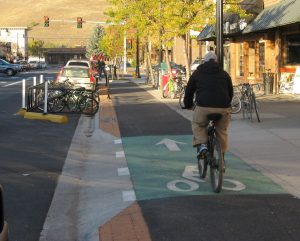By Maryssa Fenwick
I don’t know about you, but throughout my childhood, I seem to have had a warped view on beavers and their role in an ecosystem. Beaver dams are bad…right? They gnaw down our precious trees, wreaking havoc on homes of the innocent animals living inside. They then haul these massive logs into a pile, packing it high with mud and other debris close by. They create a wooden igloo, a masterpiece my ten-year-old, fort building self can only be envious of. Then on top of it all, it dams up the water! Free-flowing, beautiful streams of water are halted, forced to conform to the beavers construct rather than embrace its own unique path. But…what if I had the wrong perspective this whole time? What if instead, we view beavers as important sculptors of our land? While their incessant meddling may seem like they are only molding the river to their liking, what happens in the process reduces the river’s flow velocity, raises the water level (creating more pool habitat), and gradual aggradation. With increased aggradation comes an uptick in vegetation and sinuosity too. The beavers alter the landscape from a fast, free-flowing river to a dammed, localized upwelling that creates new habitats and increases groundwater levels below.
Beavers, while often viewed in a negative light, are now being considered as part of the solution to reestablishing natural rivers, and even as a tool to combat climate change. Specifically, using beaver mimicry which seeks to simulate the natural effects of beaver activity in streams. The overall goal of beaver mimicry is to lure beavers back to streams they have historically been found in and ultimately result in an increase in fish, wildlife, and vegetation. Beavers chew down trees to build elaborate dams in streams and rivers. This results in the formation of a series of ponds and wetlands that store water throughout the year. Given what we know about wetlands, this is a good thing, right? They sequester carbon, provide vital habitat for wildlife, act as flood control, filter pollution, and the list goes on.
These man-made, beaver mimicked structures are made of various natural materials and evolve with the stream. They allow wildlife to move freely and ultimately deteriorate over time, sending seeds and stems to sprout and take root in the streambank further downriver. More monitoring is needed to fully understand the effects of beaver mimicry in stream restoration, but early results seem promising. As times change, and with it the natural systems we thought we understood, it is important we adapt too. The use of beaver mimicry to improve stream habitat is just one example.
I encourage all of us to take a step back and approach the changing times with an open mind. Maybe the way ecosystems were managed in the past is no longer appropriate for the changing landscapes we see today. Maybe, as science tells us more about the changes to come, we listen rather than retaliate, and work together to secure a healthy and sustainable landscape for generations to come. While beavers may remain boujee forever, maybe they’re not as bad as we once thought.








